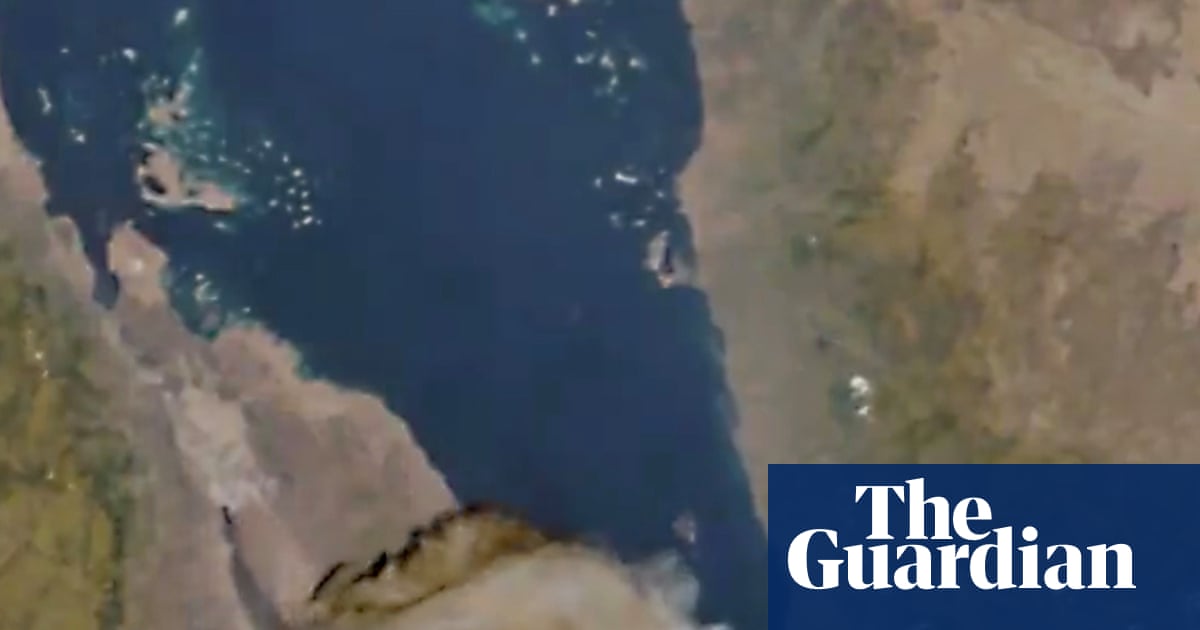Ethiopian Hayli Gubbi Volcano Erupts After 12,000 Years, Ash Reaches Asia
A geological awakening of monumental proportions has occurred in Ethiopia’s remote Afar region, where the Hayli Gubbi volcano, also known as Dubbi, has erupted for the first time in an astonishing 12,000 years. This rare event, which took place on a recent Sunday, saw thick plumes of smoke and ash propelled an incredible nine miles (14km) into the atmosphere, according to reports from the Toulouse Volcanic Ash Advisory Centre (VAAC).
The Unprecedented Eruption
Situated approximately 500 miles northeast of the capital Addis Ababa, close to the Eritrean border, Hayli Gubbi stands about 500 meters tall within the geologically active Rift Valley. This region is a hotbed of seismic and volcanic activity, marking the junction of two major tectonic plates. The sheer power of the eruption was evident not just in the colossal ash column but also in its far-reaching atmospheric impact.
Global Ash Drift and Expert Confirmation
The VAAC confirmed that ash clouds from the volcano traveled significant distances, drifting over neighboring Yemen and Oman, and extending as far as India and northern Pakistan. Social media platforms quickly became a repository for unverified videos, many depicting a dramatic white column of smoke ascending skyward.
Volcanologists have underscored the historic significance of this event. The Smithsonian Institution’s Global Volcanism Program, along with experts like Simon Carn, a volcanologist at Michigan Technological University, have confirmed that Hayli Gubbi had no documented eruptions throughout the Holocene epoch, which began roughly 12,000 years ago following the last ice age. This makes the recent eruption a truly unprecedented occurrence in modern geological history.
Current Status and Impact Assessment
As of now, local authorities in the Afar region have not released any official statements regarding potential casualties or the displacement of residents. The focus remains on monitoring the volcanic activity and assessing its full impact on the environment and surrounding communities.

